Cuisine Noir. June 2021.
The Reconstruction Era was one of the most formative movements in American history for civil rights. Despite the importance of the era spanning 1865-1977, it is often misunderstood and overlooked. The city of Columbia, South Carolina, recently launched Reconstructed: A Journey Through the Reconstruction Era in Columbia SC in partnership with the non-profit organization Historic Columbia. The trail highlights eight historic locations and ten trailblazers of the post-Civil War period to provide a new perspective to residents and visitors on how the past has shaped our modern nation.
“Many people don’t know how important the Reconstruction Era was to the U.S., let alone that many of the most iconic buildings are still standing today in South Carolina’s capital. Reconstruction gave us the legs to stand on during Civil Rights. This is a period when Black Americans went from being enslaved to elected legislators,” says Charlene Slaughter, director of communications for Experience Columbia SC.
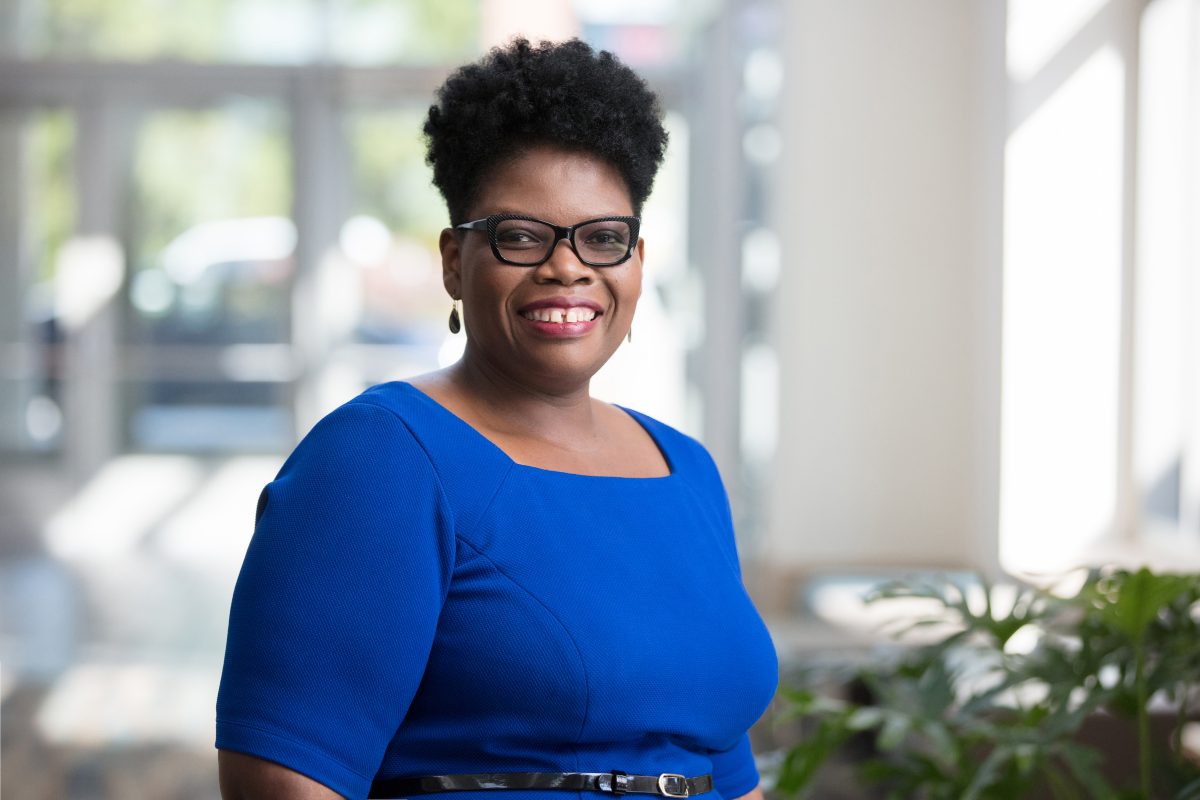
The Reconstruction Era in the city was a time when the South Carolina State House was home to the first Black majority legislature, Black churches emerged as centers of community, social life and political power, Benedict College was founded, and 90 percent of the students at South Carolina College—now the University of South Carolina—were Black.
“Recognizing that the Reconstruction Era has been misrepresented for a long time, we worked with a robust research team, scholars, history professors, USC students, as well as descendants of families that lived in Columbia during that time, to identify sites and stories to find the gaps in the historical narratives,” says Robin Waites, executive director for Historic Columbia.
- Columbia – A Getaway to South Carolina’s Big Heart Capital
- Your Guide to Discovering the Outer Banks of North Carolina
The eight sites along the trail include:
Museum of the Reconstruction Era at the Woodrow Wilson Family Home
When the museum opened in 2014, it was the only museum dedicated to the Reconstruction Era in the country. “On my first tour of the house, I felt I got the complete story!” says Slaughter. “It was not just about President Wilson, but also about what was going on at that time, including the treatment of enslaved people.” She recommends starting your tour here to get the foundation of what it really was like in Columbia.
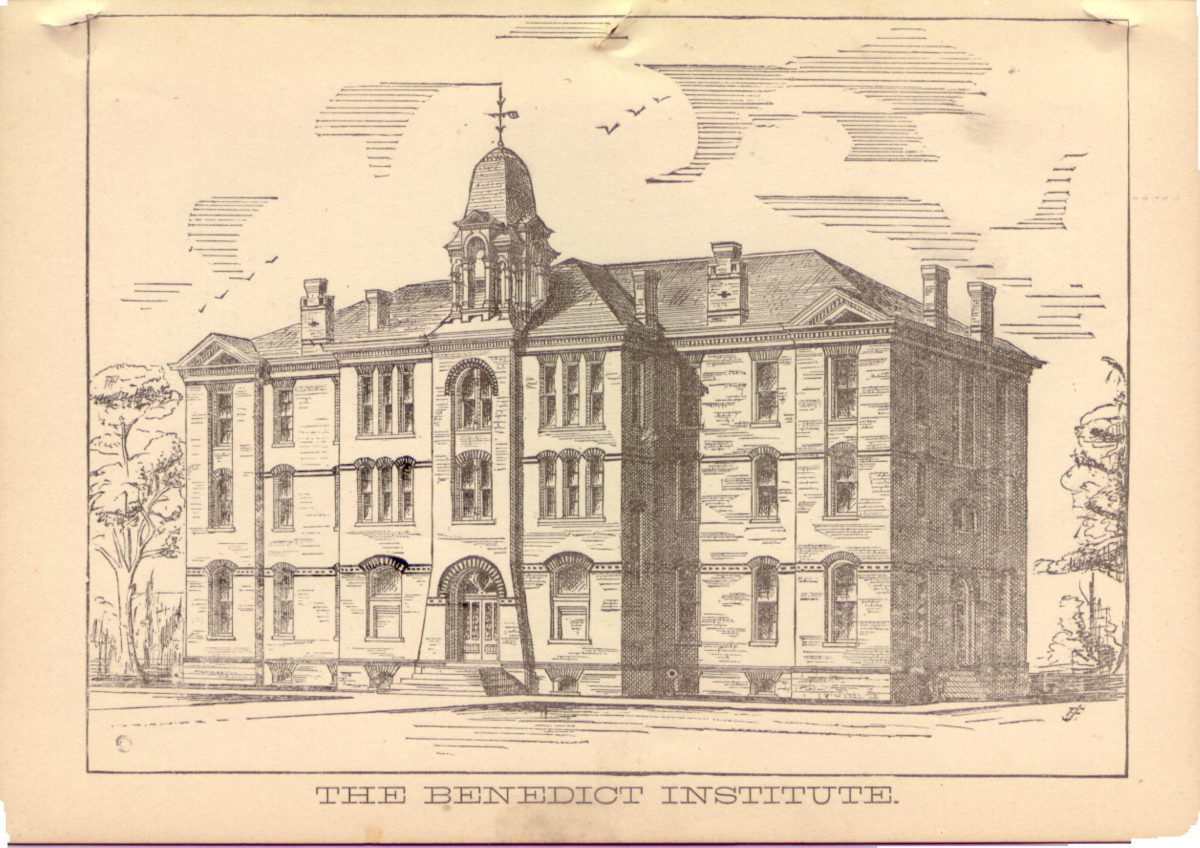
Benedict College
Established in 1870 by Bathsheba Benedict on a former plantation, this was one of the first colleges that offered equitable access to education to people of color. You can walk around the small campus and see some of the oldest remaining buildings.
Reconstruction Churches
Many Black churches in Columbia offered a safe gathering space to drive community and political efforts during Reconstruction. The ones still standing are Bethel AME Church from 1866, First Calvary Church and Zion Baptist Church.
Phoenix Building
The home of The Daily Phoenix newspaper, it published stories that helped shape the public view of the Civil War and Reconstruction for generations.
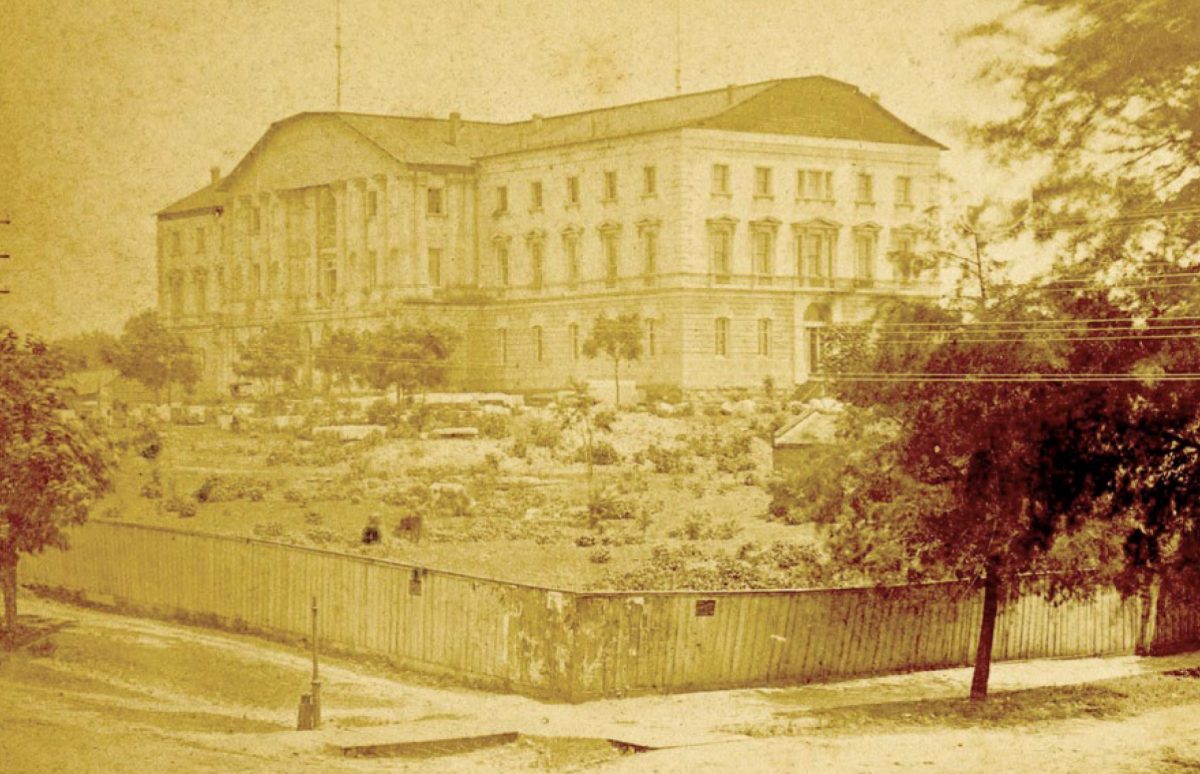
South Carolina State House
South Carolina was the only state in the U.S. to elect a Black-majority legislature, and it did so four times in a row, from 1868 until 1874. There are free guided tours offered every hour.
University of South Carolina
In 1868, South Carolina College, now known as the University of South Carolina, was the only state-supported college in the South that included Blacks on its board. By 1875, nearly 90 percent of South Carolina College’s students were Black, although classes were still segregated. Visitors to Thomas Cooper Library can see a nine-foot-tall statue of Richard T. Greener, the university’s first Black professor and librarian.
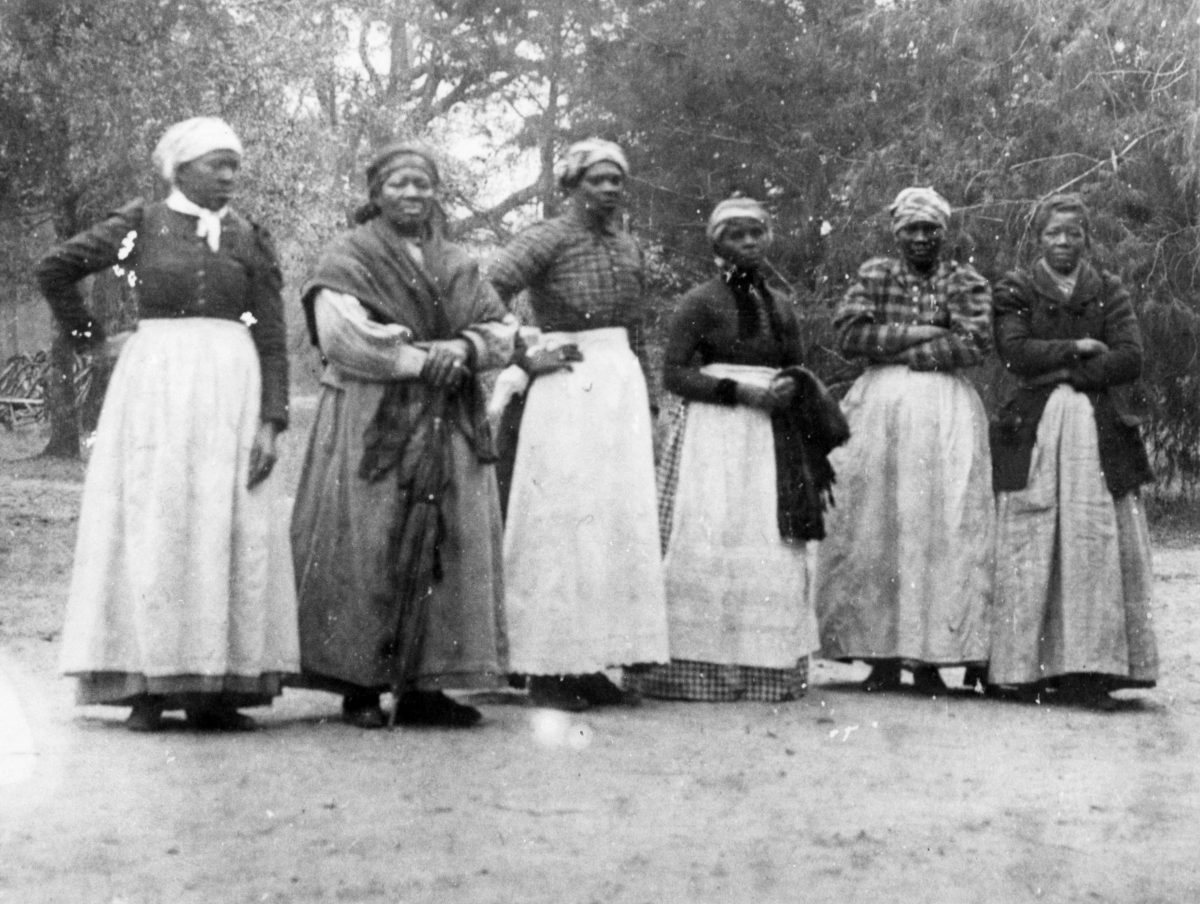
Hampton-Preston Mansion and Gardens
The exhibits at the four-acre urban estate highlight long-held racial and class boundaries, including stories of enslaved people and their planter-class owners. You can also see pages from “A Diary from Dixie,” the published diary of Mary Boykin Chestnut that influenced the understanding of the war, and a copy of the Negro Motorist Green Book, a travel guide for Black road trippers.
- Tips on Glamping Around The National Parks in Wyoming
- Traveling Close to Home – Discovering Hidden Gems in Georgia
Randolph Cemetery
The African American cemetery in Columbia is home to the resting place of Reverend Benjamin F. Randolph, who promoted universal public education and served as a Republican state senator as well as other Reconstruction Era legislators.
In addition to historical sites, the experience highlights noteworthy trailblazers such as Clarissa Minnie Thompson, Mack Johnson, Robert Brown Elliot and the Rollins sisters.
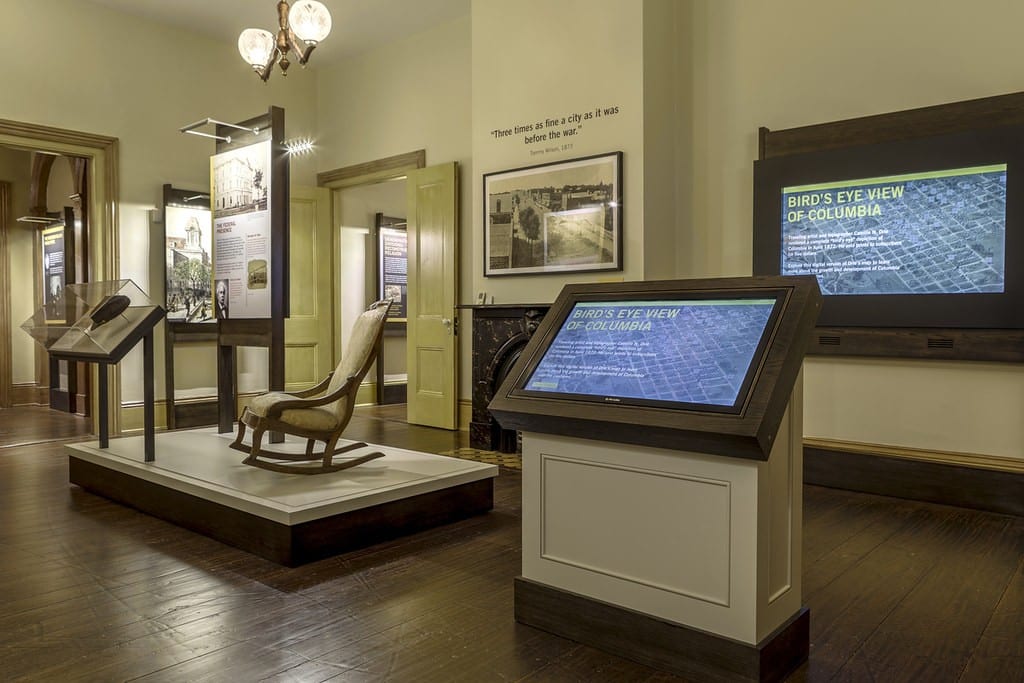
On your next trip to Columbia, pick up a copy of the trail guide at the Columbia SC Visitors Center or Historic Columbia’s Gift Shop at Robert Mills or online at reconstructedcolumbiasc.com. Get social with Experience Columbia on Facebook, Twitter and Instagram and follow Historic Columbia as well on Facebook, Twitter and Instagram.
~ Written for and published by Cuisine Noir. All rights reserved.